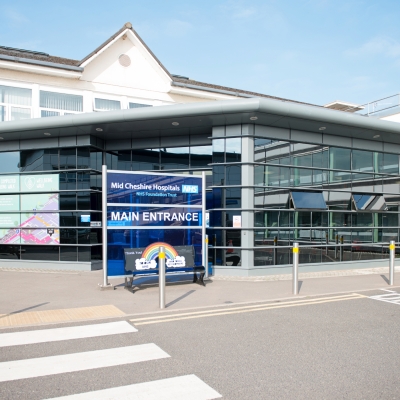All organisations that provide NHS or adult social care must follow the Accessible Information Standard by law.
The aim of the Accessible Information Standard is to make sure that people who have a disability, impairment or sensory loss get information that they can access and understand, and any communication support that they need.
The Accessible Information Standard tells organisations how they should make sure that patients and service users, and their carers and parents, can access and understand the information they are given.
NHS England have worked with the charity Sense to develop an animated video which provides a step-by-step overview of the Standard. The video includes subtitles and BSL interpretation.
Written patient information
All Trust written patient information is available in Easy Read, audio, Braille, large print and other languages upon request.
- Easy Read is a way of making written information easier to understand. It is used by people who have difficulty with standard written information.
The Trust want to help people to have a better understanding of their hospital stay and their overall care and treatment wherever possible.
To access the Trust Easy Read leaflets please click here Patient Leaflets :: Mid Cheshire Hospitals NHS Foundation Trust (mcht.nhs.uk)
Here are some other useful external links to help you:
Easy Health produce many patient information leaflets in easy read format.
LeDeR - Resource Bank provides may useful resources to health and care professionals supporting people with a learning disability or people who are autistic with their health or care.
- Audio, Braille and large print are ways of making written information accessible to blind and visually impaired people.
- Information can be translated in other languages where written English is not a persons first language.
Communication support for patients
The Trust can support patients who may need help with communication, which can include:
- Support from a British Sign Language (BSL) interpreter, deafblind manual interpreter or an advocate.
- Hearing loops which are situated throughout the hospital and in community clincs to support hearing aid users.
- Visual aids such as communication cards are available to help facilitate effective communication where needed.
If you need any of the above support, please contact the department you are attending for further details.
